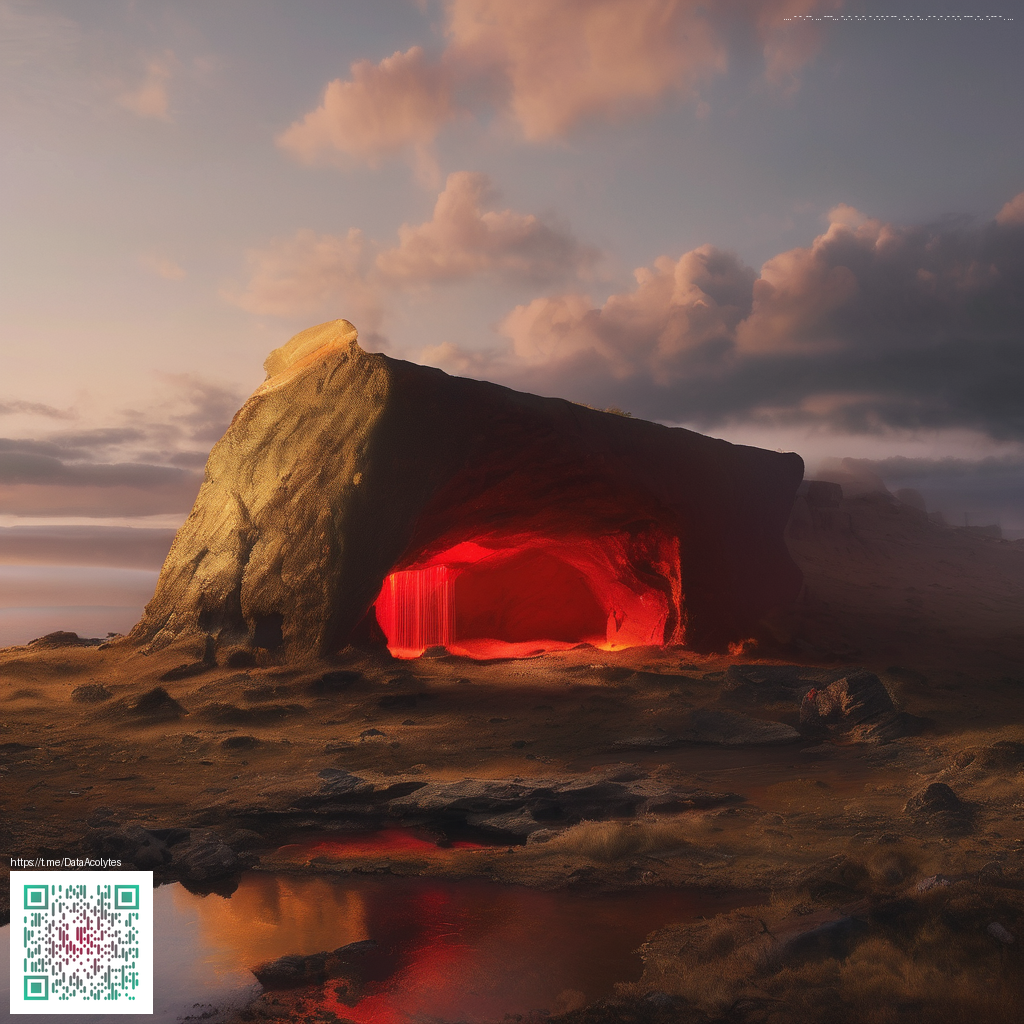
Getting Started with Your First Digital Paper Collection
Whether you’re a graphic designer, a hobbyist, or a content creator building a brand kit, a well-curated digital paper collection is more than a collection of textures. It’s a structured toolkit that speeds up your workflow, inspires new combinations, and keeps your work visually cohesive. The journey begins with a clear vision: a mood, a color story, and a sense of how papers will live in your projects. Start by outlining a few anchor themes—think “soft botanical,” “industrial grayscale,” or “sunset gradients” — and let those themes guide your texture choices, without stifling your creative freedom.
Define your concept and set a scalable palette
The first step is to set a palette you love and can reuse across multiple papers. Create a master swatch with 4–6 core colors and a handful of neutrals. From there, map textures to those hues: a linen-like texture in a muted taupe, a marbled gradient that echoes your accent color, or a subtle geometric that can sit behind typography. By pairing textures with a stable color baseline, you’ll notice your collection visually threads together even when the individual papers are wildly different. If you’re unsure where to start, you can browse real-world examples and related ideas on practical resource pages like the one linked here for a guided approach: Related design guides.
Organize with a purpose-built folder system
Organization pays dividends in the long run. Create a simple yet scalable folder structure that mirrors your workflow. A practical model might be: - Papers - Palettes - Textures - Patterns - Bitmaps - Tiles - Presets
Tag each file with metadata for quick search: color family, texture type, tileability, recommended uses, and licensing. A consistent naming convention—such as palette_name_texturetype_resolution-organized—reduces drag and keeps you moving fast when a project kicks off. This is especially helpful when collaborating, since everyone can locate assets without guessing where they live.
Texture, pattern, and scale: finding your balance
Textures should complement, not crowd, your layout. Aim for a mix of scale—from micro textures suitable for small UI elements to larger patterns you can use as backdrops. A good rule of thumb is to create a few core scales (e.g., small, medium, large) and then generate variations in color and opacity. When you assemble mood boards, rotate textures to see how they behave in different contexts: a poster, a social graphic, or a website hero. This practice helps ensure your papers enhance typography and imagery rather than compete with them.
Preview, annotate, and export with intention
Before you wrap things up, generate preview boards that show your papers in real-world layouts. Annotate each asset with usage notes, licensing terms, and suggested color pairings. Export options matter: consider PNGs or high-quality JPGs for quick sharing, and TIFF or PNG with transparency for complex composites. Color management matters too; embed color profiles when possible to keep your hues consistent across devices. If you’re curious about tangible desk accessories that pair well with a creative workflow, a sturdy, eco-conscious accessory like the PU Leather Mouse Mat Non-Slip Vegan Leather Sustainable Ink can complement your setup and keep your hands comfortable during long sessions. You can explore it on the product page here: PU Leather Mouse Mat Non-Slip Vegan Leather Sustainable Ink.
Tip: Treat your asset library like a living catalog. Regularly prune unused textures, refresh color experiments, and archive older variants with notes so you can revisit them later without starting from scratch.
If you want to broaden your understanding while you work, consider checking additional insights on the accompanying resource page at this design guide. It offers practical perspectives on organizing digital assets and curating collections that stay cohesive across projects.
From collection to collaboration: sharing and licensing
Once your collection starts to bloom, consider how you’ll share it with teammates or clients. Create a lightweight “presentation pack” with a few curated palettes, a short usage guide, and sample compositions that demonstrate versatility. If your assets include textures or patterns sourced from third parties, be mindful of licensing and attribution. A well-documented license section protects you and your collaborators while encouraging responsible reuse.